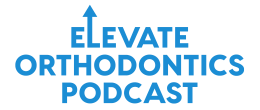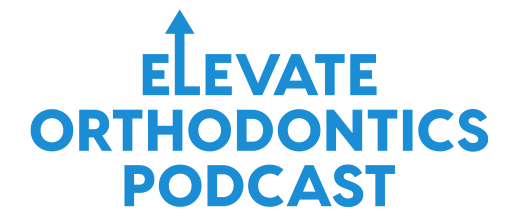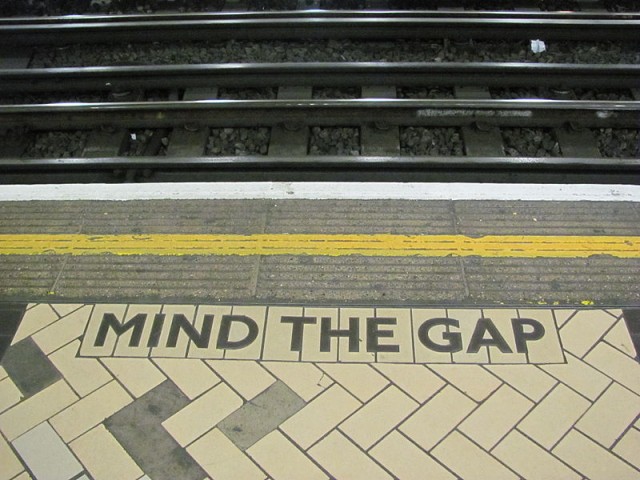I hope so! I’m not talking about oversights or holes in your planning. I’m talking about two gaps that will help you reduce your stress and reach your financial goals.
First, there needs to be a gap between your practice income and your practice expenses. This seems obvious, but many businesses fight this battle every month. While there will be ups and downs in your practice finances, we have the advantage in orthodontics that most patient fees are paid monthly over time, smoothing our income. You should try to smooth out your expenses as well, avoiding month-to-month shocks. In addition, a healthy cash reserve and/or line of credit protects against unforeseen large expenses. Don’t overspend on unneeded or ill-timed practice purchases and don’t take such a large salary that you put a strain on practice finances.
I realize that this advice is harder to follow in a new or startup practice where income is lower and more irregular. However, you should strive to reach this level of financial control as quickly as possible.
Second, once your paycheck leaves the practice account and arrives in your personal account, another gap should exist between your household income and household spending.If there is no gap, you have no means to build wealth or progress towards financial independence. If there is no gap, I submit that as an orthodontist, you probably have a spending problem, not an income problem.
On a graph, I would envision my practice income as a wavy line, hopefully trending upwards, and my household spending as a more even line, much lower down on the chart. One of the secrets of success in business is always to keep a healthy “gap” between the amount your business is earning and the amount you need to spend at home. Don’t ever let your personal spending put pressure on management or (even worse) clinical decisions in your practice. Likewise, protect your family by always living on a fraction of your income, thereby buffering them from the ups and downs of your practice.














